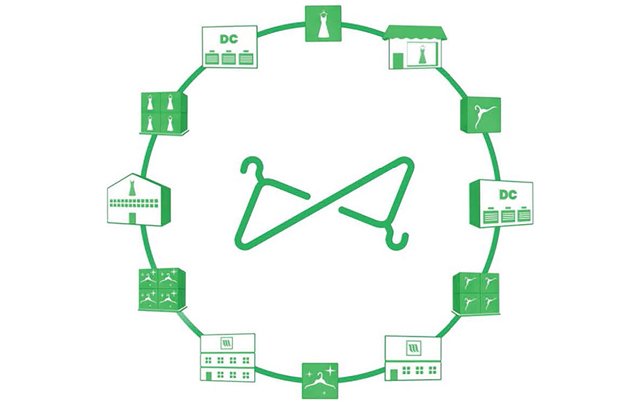Building a sustainable fashion business
Building a sustainable fashion business
Created by Redress

Image credit: Esther Lui (designer), Eric Wong of HAP Laboratory (photographer)
WHat Is it?
A sustainable business works towards achieving a positive triple bottom line — benefitting people, planet, and profit — so that it generates profit whilst minimising or eliminating any negative impacts to people and our planet through its products, services, and operations.
WHy Do it?
The fashion industry is one of the top 5 most polluting industries in the world, causing negative impacts on people and the earth’s delicate ecosystems along the global supply chain. [1] We have a responsibility to change this current system to not only prevent further damage, but create a positive impact.
Beyond the moral obligation, building more efficient operations can also lower your costs, increasing your profits and helping you to drive growth and innovation. By decreasing your environmental footprint, you will gain a competitive advantage, improve your brand value and reputation, and importantly, stay ahead of the pack when it comes to new environmental regulations and legislation. And it’s not just for the sake of your own business: a circular economy could create economic benefits worth US$4.5 trillion by 2030 by retaining the value of resources, materials, and products as much as possible, and creating new value by extending the service life of products through reuse, renovating, remanufacturing, and recycling.[2]
Expert Tip
Yvon Chouinard
Founder of Patagonia
Who are businesses really responsible for? Their shareholders? Their customers? Their employees? None of the above, I have finally come to believe. Fundamentally, businesses are responsible for their resource base. Without a healthy planet, there are no shareholders, no customers, no employees.
How do I do it?
1 Analyse your operations

Analysing your full operations is key to getting going with your sustainable business. From raw materials through to your final product and beyond, you will be making decisions for your brand that will affect its carbon footprint. So first, let’s look at the big picture!
Before you dive in to create improvements, start with a SWOT analysis. Examining your business in terms of its Strengths, Weaknesses, Opportunities and Threats will help you determine your capabilities in the global marketplace.
Then, analyse the environmental and social impacts of your business through your entire supply chain and operations. This will allow you to make a plan to tackle issues, with the quick wins first, through to the issues that may need longer investment and research. Rather than tackling everything at once, start with achievable targets, picking the impact areas that matter most to your business. For example, look for stages in your supply chain where you can purchase sustainable materials, reduce waste, save energy, streamline production, and decrease transport emissions. Create your sustainable fashion business one step at a time!
Design
A successful business is in the planning. At first, you may feel limited for choices when you are sourcing sustainable materials and trying to partner with suppliers that align with your values. Focus on where you can reduce your environmental impact through design. Know where your material comes from and the impact it creates. Consider what design techniques you can use to reduce waste, for example from the pattern cutting stage or at the garment’s use phase and end of life. How can you minimise cut-and-sew waste? Could you design clothes with multiple uses and functions? How will you prolong the product’s lifecycle?

Image credit: Stella McCartney
Stella McCartney launched her eponymous fashion house in 2001. “I design clothes that are meant to last. I believe in creating pieces that aren’t going to get burnt, that aren’t going to landfills, that aren’t going to damage the environment.”

Image credit: Farrah Floyd
Bojana Drača, a Redress Design Award Alumna and Berlin-based designer, takes a zero-waste design approach to her brand, Farrah Floyd.
Expert Tip
Tania Reinert
Co-founder of A Boy Named Sue
Design, design, design! Once you have chosen your factories and materials, you must focus on the design of the collection. The pieces have to be unique, coherent — less is more — and relatively affordable. After this, your lookbook, website, branding, and pricing are the crucial second layers. The ethics are the groundwork, the aesthetic is what will make you stand out for the buyers.
Raw materials
As you are designing your product, you can choose to source materials that are more environmentally sustainable, for example up-cycled or reclaimed materials; organic cotton instead of conventional pesticide-laced cotton; new dyeing technologies that require less water and chemicals; or materials that have high recyclability at the end of the product’s life cycle. Try purchasing raw materials in bulk or share your bulk order with other local designers or reduce the number of different locations you source from to streamline transportation.

Image credit: kowtow
kowtow, a New Zealand sustainable brand, only uses 100% certified organic and fair trade cotton for their contemporary womenswear line.

Image credit: Quiksilver
Quiksilver, an Australian surf clothing company, launched a collection of board shorts that were made of recycled materials. Each pair of shorts contains about 11 recycled plastic bottles.
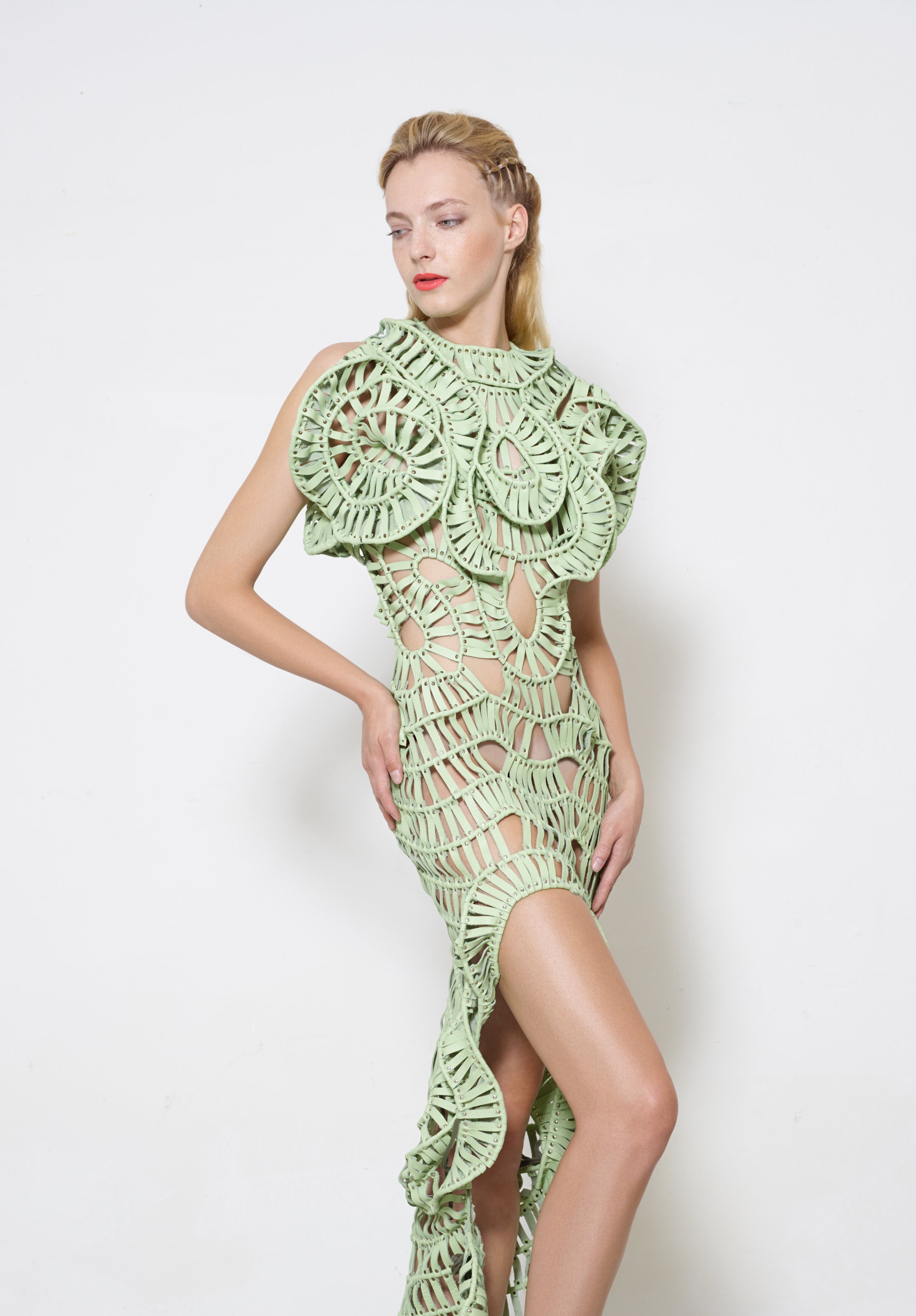
Image credit: Ryuichiro Louis Iijima (photographer), Zlata, Supermodamanagement (model), Verena Schroff (hair & make-up)
Karen Jessen, The Redress Design Award 2013 winner, sources discarded leather for her brand Benu Berlin.
Expert Tip
Liz Alig
Designer of Liz Alig
Conscious clothing for Liz Alig means we spend a little — or a lot — of extra time visiting the groups we work with, asking where they buy their fabric, so that we can create collections out of 100% recycled materials. It is spending the extra time to ask the hard questions that allows us to design a collection with the ethical resources we have.
Material sourcing
Choose a sustainable material by reflecting on your options and discovering the importance of understanding raw materials with our Fibre Choices and Sustainability Module. There are many ways to choose better materials:
- Get involved with suppliers and communities that offer end-of-rolls, small quantities, innovative new resources, new technologies, and techniques.
- Find materials that you know can be recycled, or are from recycled waste, or both. If you are struggling to reach the minimum of an order quantity for a material, try reaching out to your community to share and scale up to meet the order quantity together. Together, you can demand better materials without depleting precious natural, virgin resources.
- Where possible, source locally!

Image credit: Redress
Knowing the provenance of a material can be a challenge for any brand or designer. Federico Badini Confalonieri, the Redress Design Award 2022 winner, seeks out suppliers who can provide not only the composition of the material, but important certifications that provide third-party standards and ethics from the material supply chain that designers may not have insight to. Transparency and traceability of materials are key.
Sourcing Tip
Federico Badini Confalonieri
Redress Design Award 2022 first prize winner
We want to signal to suppliers and the whole industry that we actually care about what is behind our materials, so we will pressure them to be more transparent with designers.

Image credit: LA Relaxed
Certification and transparency is important to US brand LA Relaxed, who partners with suppliers offering natural, non-toxic materials that are certified, such as GOTS-certified cotton, Tencel™ Lyocell, and Modal.

Image credit: Redress
Nils Hauser, the 2023 First Prize Winner of the Redress Design Award, collaborated with a vintage furniture seller to refurbish vintage upholstery fabric for his collection.
Expert Tip
Liz Alig
Designer of Liz Alig
Conscious clothing for Liz Alig means we spend a little — or a lot — of extra time visiting the groups we work with, asking where they buy their fabric, so that we can create collections out of 100% recycled materials. It is spending the extra time to ask the hard questions that allows us to design a collection with the ethical resources we have.
PRoduction
Responsible production requires a good partnership with your supplier(s), who can tell you how and where their environmental impact is being addressed or reduced across their operations. As a designer, you rely on suppliers to manage and produce your collection, so it is important to find those working towards reducing their environmental impact and with ethical standards. Could you reduce wastage of raw materials? Are there hazardous chemicals used in your production? Would you know if they are compliant with regional and international environmental and safety requirements? How can you avoid overproduction?

Image credit: CYCLE TEXTILE
CYCLE TEXTILE, is a Hong Kong-based company co-founded by Redress Design Award Alumnus Kelvin Wan. It is a centralised platform offering solutions covering sustainable and ethical textiles, garment manufacturing, supply chain management, and fashion design collaborations.

Image credit: TAL Group
TAL Group, a Hong Kong apparel manufacturer with overseas manufacturing facilities, is committed to reducing its water footprint from manufacturing by reducing water use, recycling industrial water, and treating wastewater.
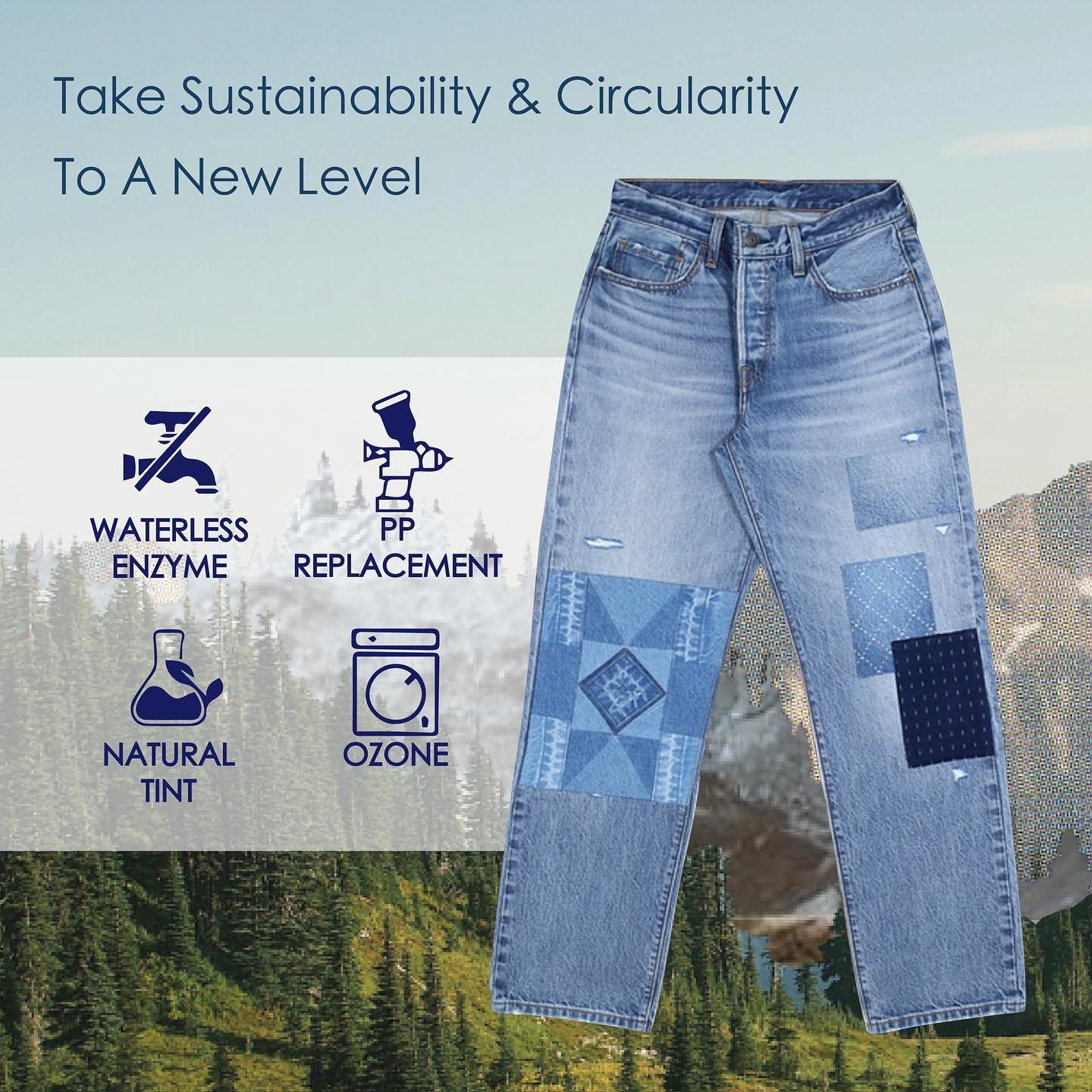
Image credit: Crystal International Group
Crystal Denim (under Crystal International Group Limited) are on a mission to reach net zero by 2050, which means reducing carbon emissions across their whole supply chain. Responding to the demand for transparency and traceability to measure their carbon footprint, this large-scale manufacturer developed MyBluPrint, a carbon calculator allowing designers and brands to make better decisions when choosing material, trims, and finishing techniques for their jeans.

Image credit: Sustainable Apparel Coalition (SAC)
Various tools have been developed to evaluate the sustainability of different materials by measuring their environmental footprint. One such tool is the Higg Materials Sustainability Index (Higg MSI) developed by the Sustainable Apparel Coalition (SAC). The Higg MSI measures the environmental impact of materials in a given product, but not the impact of a product’s entire life cycle.
Though progress is being made, these tools are still not able to provide fully accurate environmental assessments of a garment’s life cycle due to the complexity of both the production and consumption phases, as well as the currently limited investment in researching and understanding them.
Despite the challenges, we must still do our due diligence in researching the sustainability of our materials. The availability of like the Higg MSI tools and environmental impact data is a great start for the fashion industry to make sustainable sourcing decisions.

Image credit: ASKET
Swedish brand ASKET believes in selling the hard truth about one’s wardrobe’s impact in order to change consumers’ behaviour. Their Impact Receipt for their best-selling T-shirt presents its environmental price to discourage clothing overconsumption.
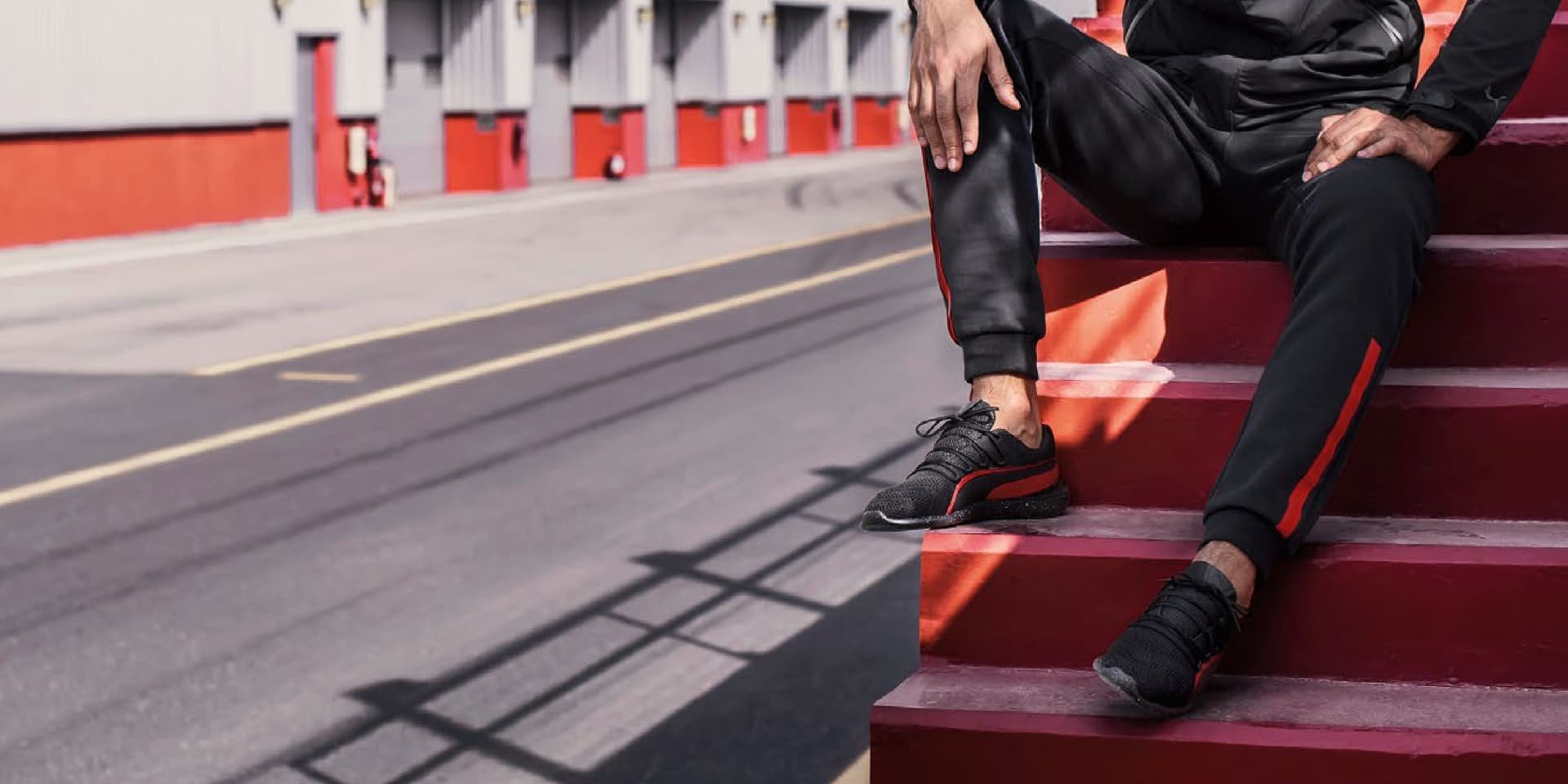
Image credit: Puma
Under a pilot run by Kering Group, Puma was the first-ever brand to publish an Environmental Profit & Loss account (EP&L) — a measurement of a business’ true cost on nature in monetary terms.
Packaging & presentation
How do you package your products for shipping? What material is your packaging made of? Is the packaging recyclable? Have you communicated your sustainability values to your merchandisers or the manufacturers who pack your products? The way you present and package your goods can also leave a mark on the earth.
The fashion industry is not the only one striving to reduce their waste. Innovations in packaging are also an opportunity to convey and embody sustainability.

Image credit: Nike
In 2022, Nike designed the ‘Nike One Box’, a packaging concept that ships shoes in a shoebox without the need for an outer box. The innovative, logo-free design removes the need for extra packaging and cuts packaging waste by 51% for single online orders compared to traditional packaging.

Image credit: Tsunami Sport
Tsunami Sport wanted to solve the problem of having to package each item in a single use plastic bag. Now they use Aquasolit, a water-soluble bag made of a material called PVAL, for their packaging. The PVAL material dissolves in a few seconds when dropped in hot water (65°C) and slowly degrades in cold water (15ºC). It is food-safe, non-toxic for marine life and humans and 100% biodegradable.
Logistics
Product distribution is another area of the supply chain where you can reduce environmental impact with more sustainable decisions. Instead of airfreight, how about transporting by ship, road, or rail? Could you choose more energy-efficient vehicle models? Could you minimise your packaging to reduce weight, or stack goods more efficiently to reduce bulk? Is your storage or distribution centre maximising its space? Could you move your production closer to your operations and distribution?

Image credit: CN Logistics
CN Logistics enforces three Green Solution concepts- circular economy, carbon neutrality, and green co-creation- in their business. They use electric vehicles for their delivery service and sort clothing into five categories to maximise the yield of recyclable materials.

Image credit: Reformation
Produce locally! This will immediately reduce your carbon footprint. Reformation, an L.A. women’s fashion brand, sources their raw material from the US and manufactures their products from their local factories in Los Angeles, minimising transportation.
Retail: the consumer’s experience
Consideration for environmental impact is also important at the retail stage, whether physical or online. All your hard work in choosing sustainable materials, suppliers, and packaging can be undermined if the product reaches the consumer wrapped in plastic! Think about whether you offer a shopping experience that educates the consumer about the importance of circularity. Are there repair and resale options to encourage the consumer to extend the life of your garment? Does your labelling offer garment care advice for the use phase as well as its end of life? Does it come with as little packaging as possible? How do you deal with returns?
Do your research for sustainable options in these areas. You may be surprised at the alternatives available.

Image credit: UNIQLO
UNIQLO Japan achieved a 93.8% installation rate of LED lights in their stores, which led to a 38.7% reduction of greenhouse gas emissions in 2020 (as compared to 2013, per unit area).
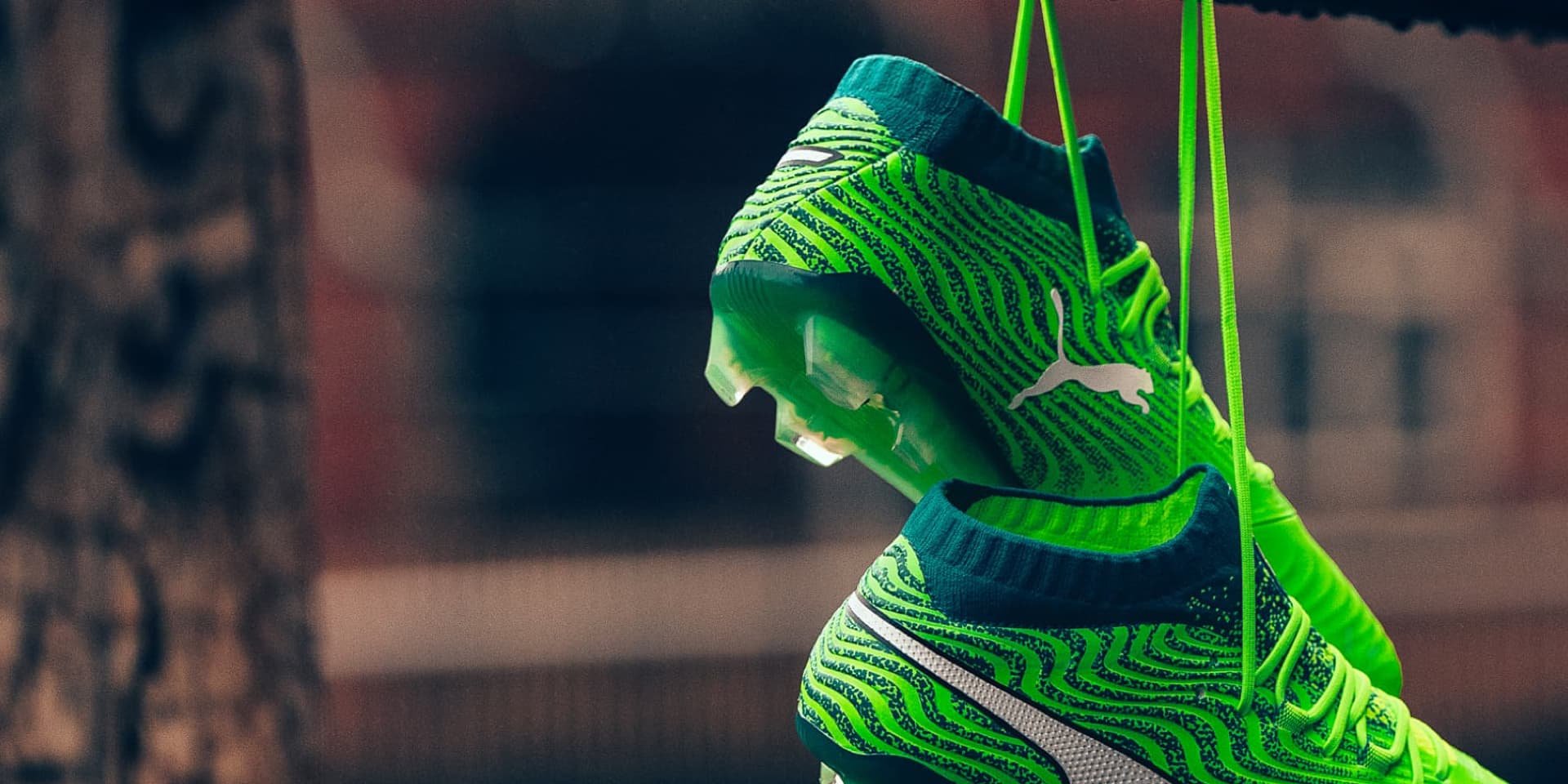
Image credit: Puma
German sports brand Puma inaugurated their first sustainable store in India in 2012. The retail space was designed and built with optimum environmental considerations, including energy efficiency and using recycled and locally sourced materials. Bring Me Back, an in-store programme available in over half of their stores worldwide, also enables consumers to deposit their used clothing and footwear of any brand into dedicated recycling bins.
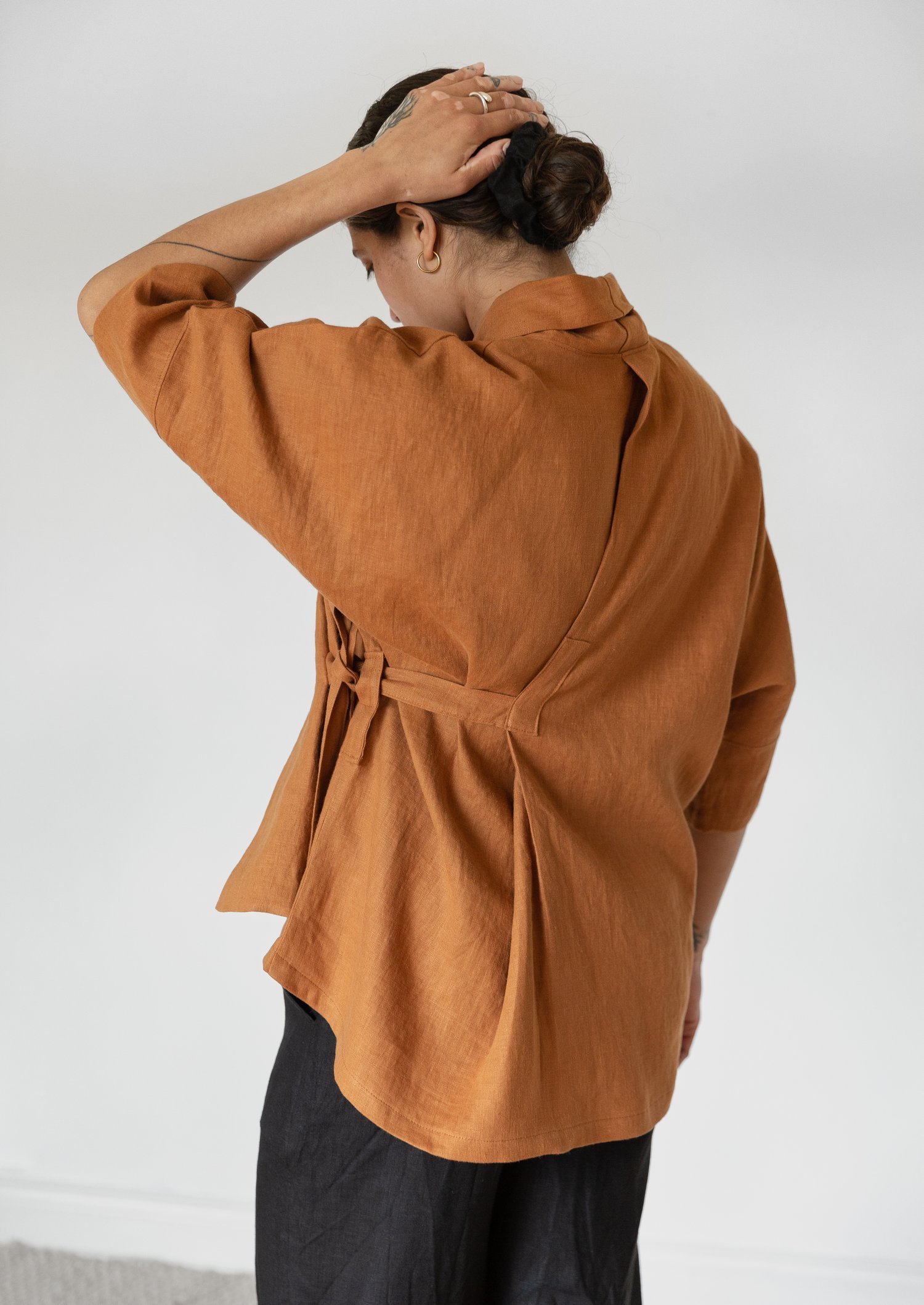
Image credit: Nomi Designs
Canadian brand Nomi Designs only makes what is ordered. Once the order is made, it is then handmade by one of the seamstresses in their local community. This prevents excess inventory and allows wearers to customise the fit of their items.

Image credit: UPS
Through carbon offsetting, UPS offers customers the ability to counterbalance their carbon dioxide emissions generated by the transport of their packages. This means that for every tonne of CO2 a package produces in transportation, an equivalent amount of CO2 is saved by a verified emission reduction project somewhere else in the world. By participating in the UPS carbon neutral program, customers help mitigate the climate impact of shipping their parcels.
Customer care services
Deciding on customer service options starts at the design stage. You will need to know how your products are being used, cared for, and disposed of, in order to make informed decisions.
In recent years, responsible fashion brands and retailers have been focusing more attention on educating their consumers about better care habits by improving care labels and instructions, and by adding services, such as clothing takeback, repair, and garment rental to enhance the sustainability of products.
According to Glossy, clothing labels are not just for the consumer — they also give important information for a garment’s end of life, guiding the recycling process. Extending the active life of 50% of clothing in the UK by 9 months would decrease the UK's carbon footprint by 8%, water footprint by 10%, and waste footprint by 4%, per tonne of clothing. [4] Let your designs educate consumers about how to care, store, repair, and dispose of your clothing responsibly.

Image credit: Ganni
In 2019, Ganni started their rental platform, Ganni Repeat, to extend the life of their pieces, and to encourage their community to embrace a more circular approach to fashion.

Image credit: Renewcell
Renewcell extends the life of clothing when it is no longer wearable. This technology company chemically recycles used textile waste, spinning them back into new cellulosic fibres called Circulose®. Zara is just one of the fashion brands lining up to use their material for capsule collections.
Footnotes
[1] United Nations Environment Programme. 2019. UN launches drive to highlight environmental cost of staying fashionable.
[2] Ellen MacArthur Foundation. 2020. Outlook for a New Textile Economy in China.
[3] Common Objective. 2019. Are Sustainable Hangers All They’re Cracked Up To Be?
[4] WRAP. 2017. Valuing Our Clothes: the cost of UK fashion.

